Most of us pay for car insurance year after year, hoping we will never have to use it. Like any other insurance, it is there to help mitigate the consequences of unforeseen incidents. However, when it comes to natural disasters the situation becomes a bit complicated. Is my car insurance able to help with flooding? Is it useful if a tree falls on my car during a storm? Will my claim for damage due to flooding be accepted?
In case you are reading this and thinking the exact same questions, know for a fact that you are not alone. Due to my interest in the topic, I tried to learn as much as I could about the impact of nature on cars and insurance. This time, I’ll help you understand what type of protection you need, explain some important concepts, and suggest effective measures to save your car from nature’s wrath and your finances at the same time.
Key Takeaways
Let’s first here the five essential points in advance and then dive deep into discussion.
- Comprehensive Coverage: Essential to protect your concerns from natural calamities. Without it, you are likely to shoulder all the expenses alone.
- Floods and Earthquakes: Don’t forget to include these common disasters in your policy, because they’re likely to occur.
- Wildfires and Extreme Hail Events: Make sure your insurance policy covers destruction caused by such natural examples.
- Timely Claims: In the case of a natural disaster, the first thing to do is act fast. Slower actions can complicate the claims process.
- Preventive Measures: With regards to your car, taking preventive steps can avoid associated damage as well.
What Is Comprehensive Car Insurance?
When I checked my insurance policy, the sheer amount of things “nature” could do to my car left me utterly baffled. The most impactful part of your policy to grasp here is comprehensive coverage.
What Does Comprehensive Coverage Include?
Comprehensive coverage is optional in your car insurance policy and covers non-collision related damages to your vehicle. The following is a list of all significant components:
- Flood Damage: Excessive rainfalls can result in floods, which can lead to submerging your vehicle behind damaging waters.
- Hailstorms: The severe form of hail can dent the body of your car and break its windows.
- Windstorms: Along with the huge amount of wind, trees or debris can fall onto your car.
- Wildfires: Smoke or fire can cause damages to your vehicle in the areas prone to wildfires.
- Earthquakes: Not very common, but can still lead to structural damages to your car.
Without this coverage, these acts of nature would not be insured and only the damages from accidents or collisions would be paid out under your basic liability or collision insurance.
When Does Car Insurance NOT Cover Natural Disasters?
There’s always a downside. There are certain disasters or certain events that occur wherein car insurance does not cover damage. In addition, there are situations whereby one is going to need more coverage.
Floods and Earthquakes May Need Separate Coverage
Flooding is the leading cause of damage and the most common form within natural disasters. Not every comprehensive policy is designed to provide flood restoration. Especially to those who reside in flood-prone areas, some insurance companies require one to purchase a separate flood insurance policy.
Standard car insurance does not cover the damages that result from an earthquake. Similarly to flood insurance, coverage for earthquakes is often provided as an add-on or standalone policy.
Damage from Neglect or Failure to Act
Another route towards claim denial stems from them believing you’ve neglected your automobile during a disaster. For instance, imagine a storm warning has been issued. If you decide to leave your vehicle unattended in a high risk area, off the street and in plain view, the insurance refuses to pay for part of the damage.
How to Check If Your Car Insurance Covers Natural Disasters
How do you figure out if your car insurance covers natural disasters? Here’s what you need to do, and what I did.
Review Your Policy Documents
The simplest step is to go through your insurance policy document due to its files checklist. Pay special attention to the section dealing with comprehensive coverage. It should specify the damages that are included.
If you don’t have any copies filed, ensure to reach out to your insurer or insurance agent/agency. They are mandated to furnish you with relevant documentation.
Ask Your Insurance Agent Directly
Sometimes, policies are written in very convoluted ways. I always recommend calling the insurance agency or your designated insurance agent directly and ask them pointed questions on issues like;
- Is flood and earthquake damage encompassed in my comprehensive cover?
- Is there any additional cover that I will need on top of covers?
- What are the deductibles and limits on this coverage?
What To Do If Your Car Is Damaged by a Natural Disaster
The impacts of natural disasters such as storms, floods, fires, and earthquakes can be excruciating because of damages that incur. The aftermath of these sudden events can wreak havoc on your vehicle even losing it completely. Staying calm during chaos and ensuring that each claim step is handled properly can lessen the ordeal of dealing with insurance companies.
Following is a structured guide to ensure that the process is as painless as possible.
1. Document the Damage Immediately
Taking detailed pictures anytime before weather conditions get worse can work towards your advantage. Remember to provide context so that insurance companies do not try claiming that the vehicle picture was taken elsewhere.
High quality video and photographs of interiors especially if there is debris or water damage need capturing too. License plates along with wide shots of the location help build the context. Providing these to adjusters facilitates insurance claims and makes the almost always complex process simpler.
2. Contact Your Insurance Company
Once extensive documentation is done, informing insurance providers should be a priority. Many have mobile applications and hotlines making access seamless. Each detail matters; from painting a full blow picture of damage location to the time it was seen you provide.
- This helps insurers take efficient action immediately instead of delays which should always be avoided in emergency situations.
- Inquire if there are any additional documents or processes that need to be completed.
- Request to discuss with an adjuster if they do not assign one to you immediately.
- Some companies heavily focus on claims for natural disasters, especially during regional crises.
3. File a Police or Official Report (if required)
Although not always mandatory, some insurance firms require formal documentation, particularly if:
- There is substantial destruction resulting from natural disasters in your vicinity.
- During the occurrence, there was some form of vandalism or looting.
- Your vehicle was part of an incident conveying public hazard—like an utility pole falling on the road or closures.
Confirm with your local police or insurance company if these documents are necessary.
4. Get an Estimate for Repairs
Following the claim submission, your insurer may:
- Order an in-person inspection by an adjuster.
- Request that you take your vehicle to one of their recommended shops for an estimate.
- Provide a list of preferred vendors, or let you choose your own mechanic.
Do not proceed with any significant repairs until after your claim is reviewed and approved—unless your insurer specifically states it is acceptable to begin.
5. Keep All Receipts and Records
In the event your vehicle is inoperable (needs towing, repairs, or emergency work):
- Document all expenses for towing, repairs, and lodging (if stranded away from home).
- If you rent a car, ensure you check if your policy covers rental reimbursement.
- Maintain records of every interaction with your insurance company such as: emails, phone calls, and claim numbers.
Issues arising with payments often stem from incomplete documentation. Having organized documentation can expedite reimbursement in addition to protecting your rights.
How To Prepare Your Car for Natural Disasters and Protect Your Insurance Claim
The insurance helps recuperate some losses but defends the vehicle from damage by taking precautionary measures. Moving a car properly alleviates losses while fortifying the insurance claim just in case something undesirable happens.
1. Move Your Car to Safety
In case of an alert for a disaster:
- If car flooding is anticipated, move it to higher areas.
- To prevent wind, hail, or flying debris, ensure it is parked in a covered area or garage.
- If evacuation is a must, vehicle relocation becomes possible if safety permits.
2. Park Away From Trees and Power Lines
Fallen tree limbs and used utility poles are the cause of many insurance claims.
- Attempt to not park the car near overhead danger and find a more open area to rest the vehicle.
- Remember to always avoid places where water and debris collects especially during stormy weather.
3. Keep Your Vehicle Documents and Photos Up to Date
In case a vehicle undergoes a collision or theft, proper documentation keeps a person stress free. Ensure access to the following items:
- Capturing photos of the car undamaged should include all sides as well as the interior.
- Updating and revising documents such as registration, insurance card, and maintenance records also helps.
- A documented account of any modifications or accessories fitted (these may impact value and coverage).
4. Review and Update Your Insurance Annually
The risk changes, and so should the coverage.
- If you relocated to a flood zone, wildfire-prone area, or a hurricane corridor, make sure to change your policy.
- Always inquire with your insurer whether comprehensive coverage has flood, fire, or earthquake protection.
- Evaluate your deductibles to ensure they are manageable in case of a claim.
My Opinion| Does Car Insurance Cover Natural Disasters? Yes — But It Depends on Your Coverage
To address the burning question, Does car insurance cover natural disasters? The short answer is—yes, having comprehensive coverage means your vehicle is insured against a good share of natural disasters.
However, some of them—even floods and earthquakes—require extra add-ons. Understanding your policy, asking questions, and taking proactive measures will help in saving money and stress.
In case you do not have comprehensive coverage yet, consider buying it, especially if you reside in storm or flood-prone areas.
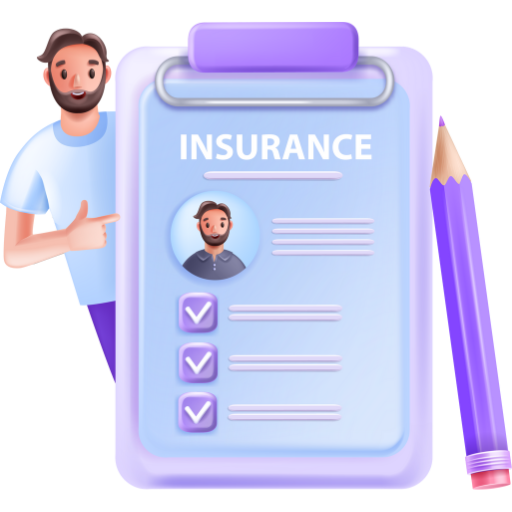




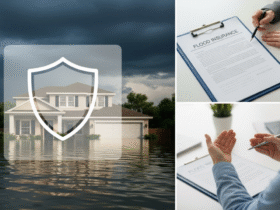



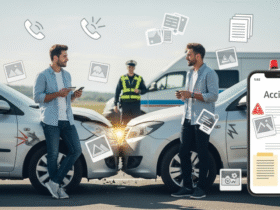

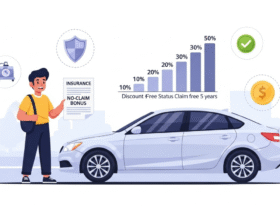
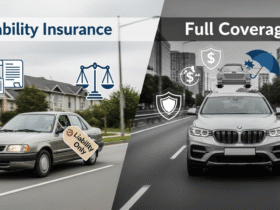

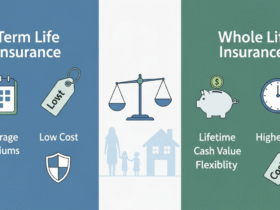



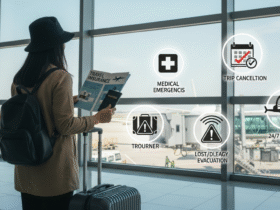


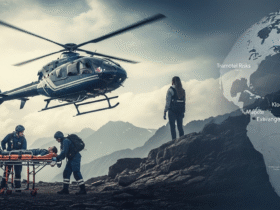
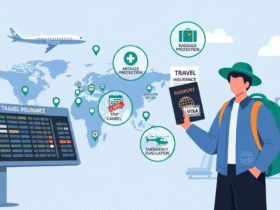



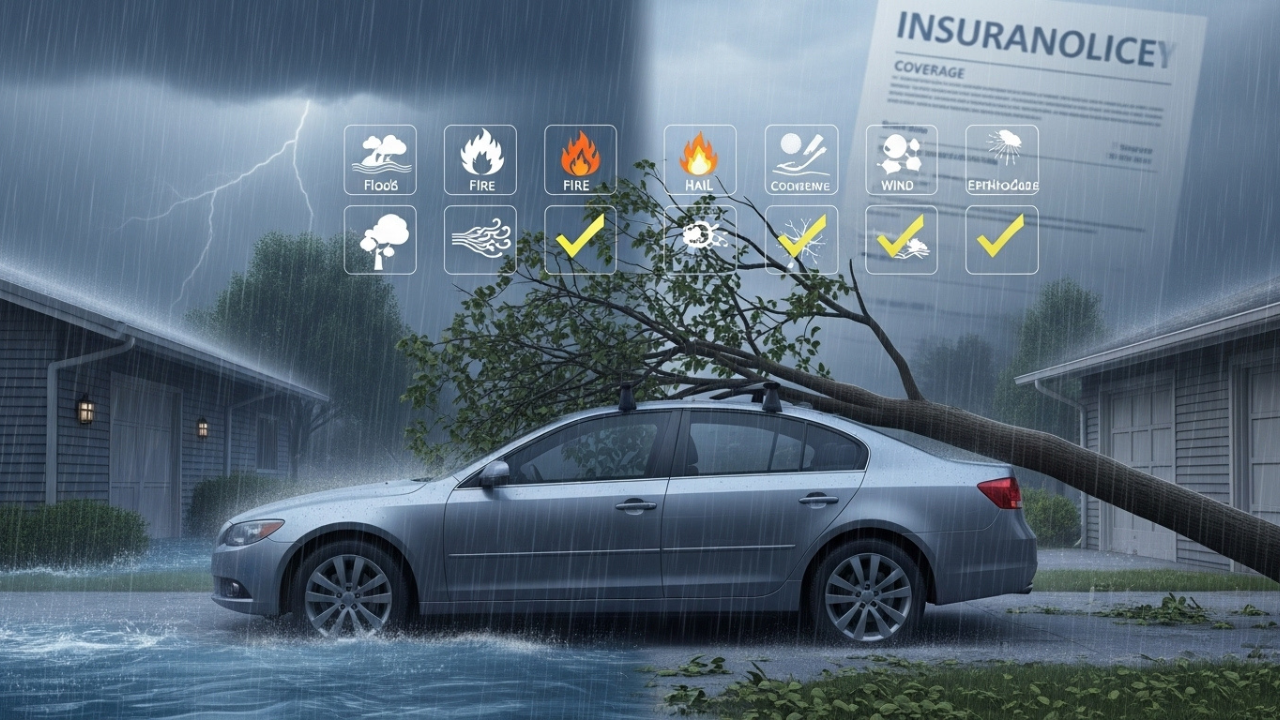
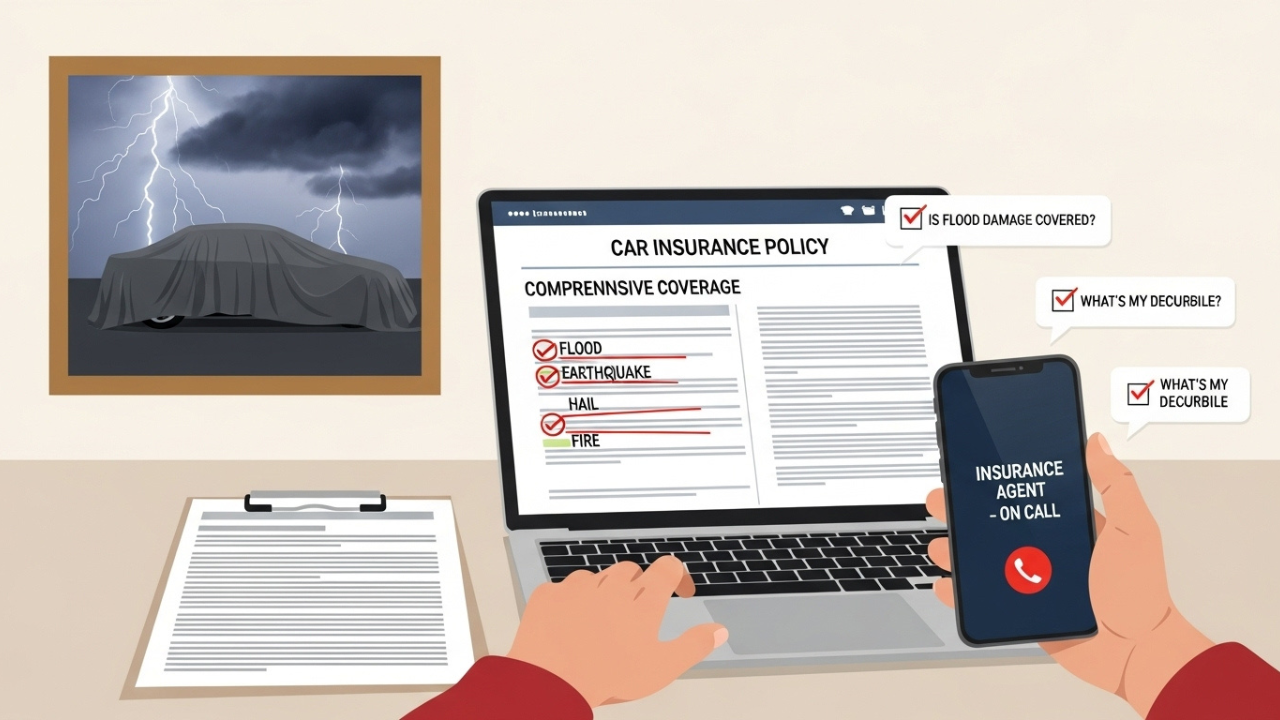


Leave a Reply